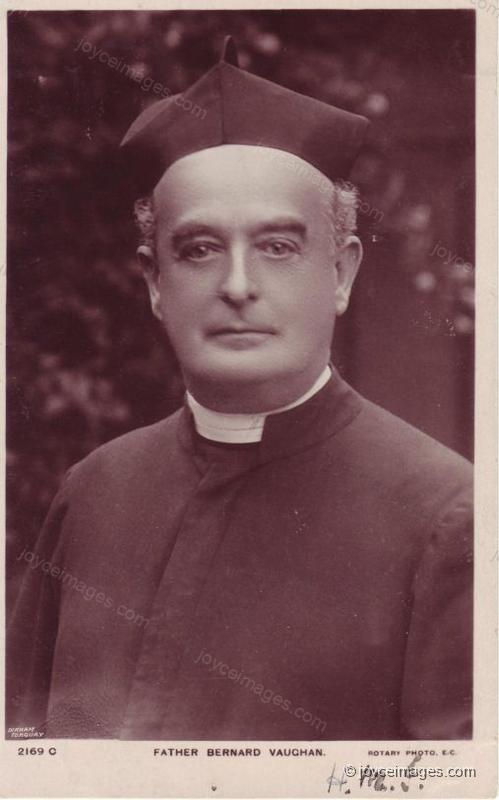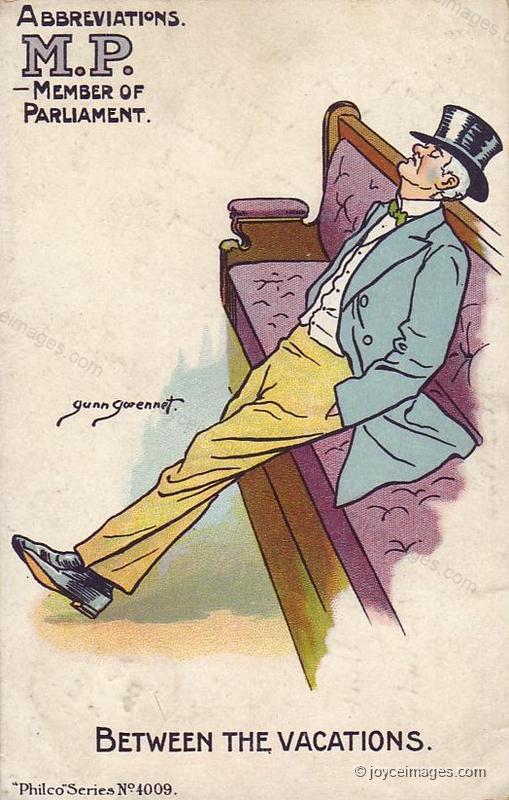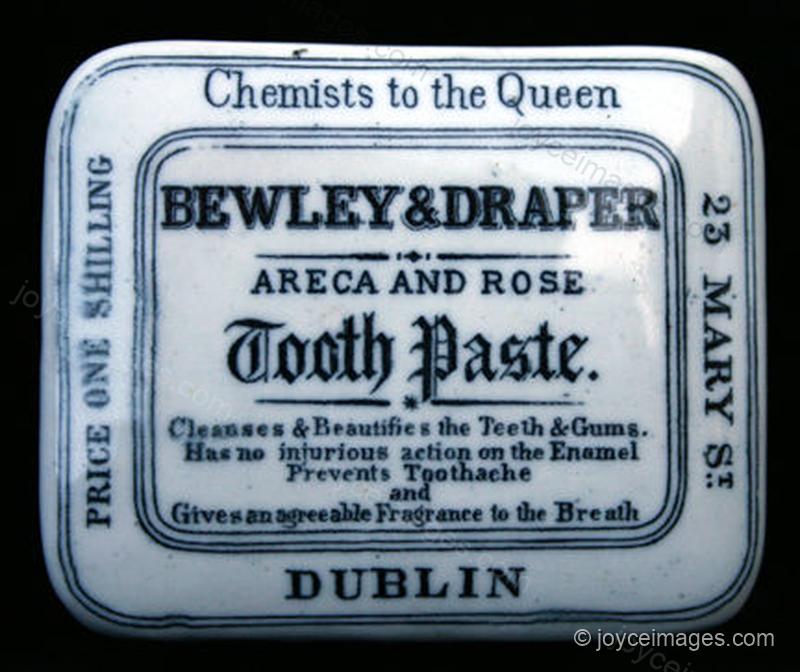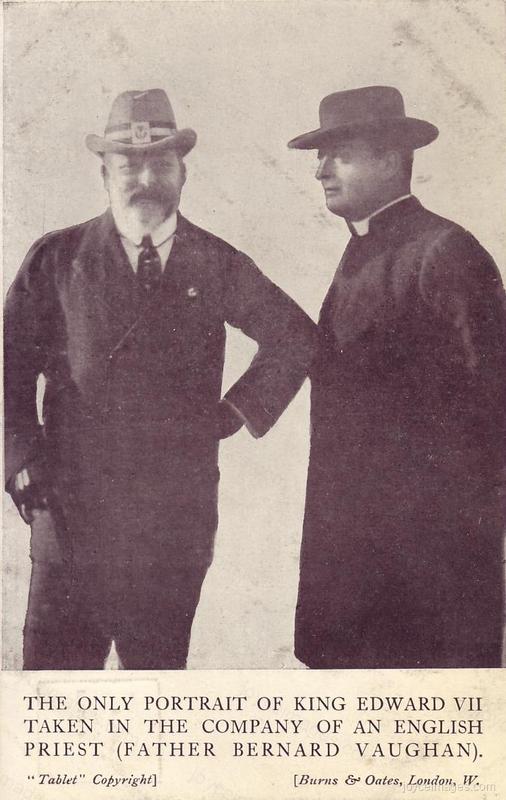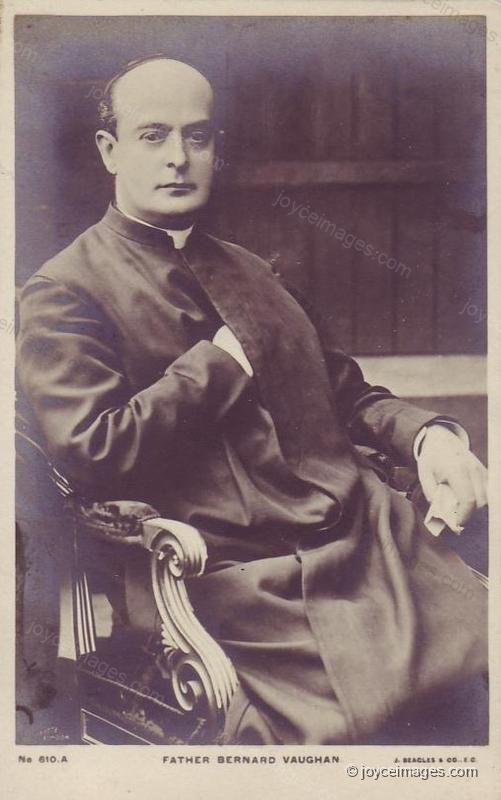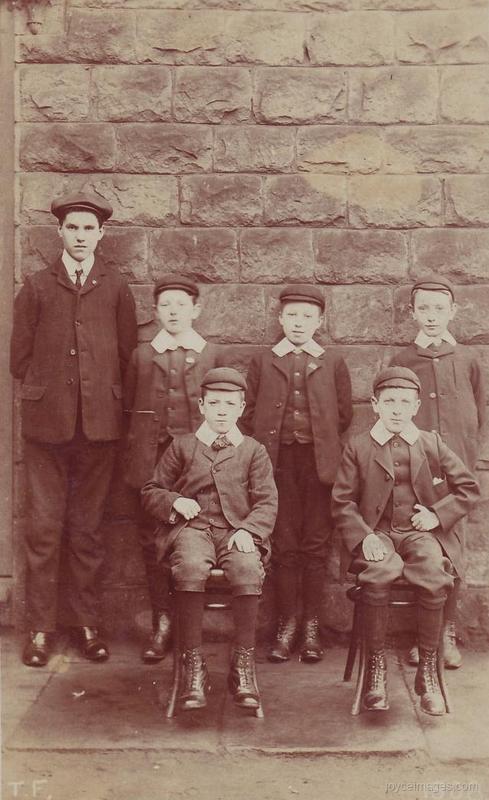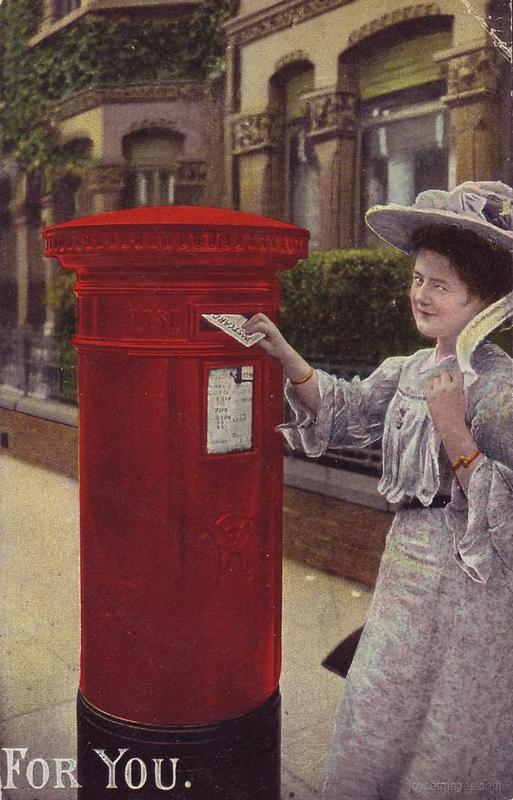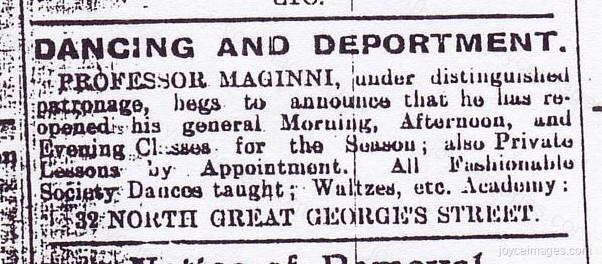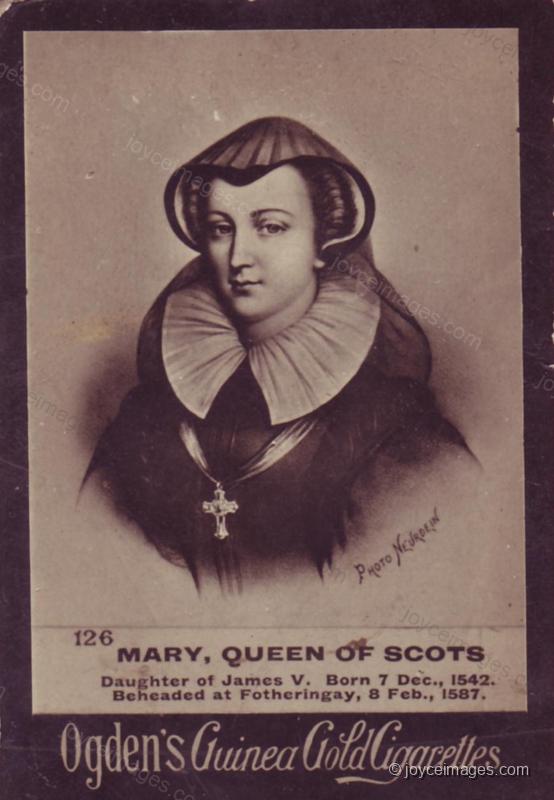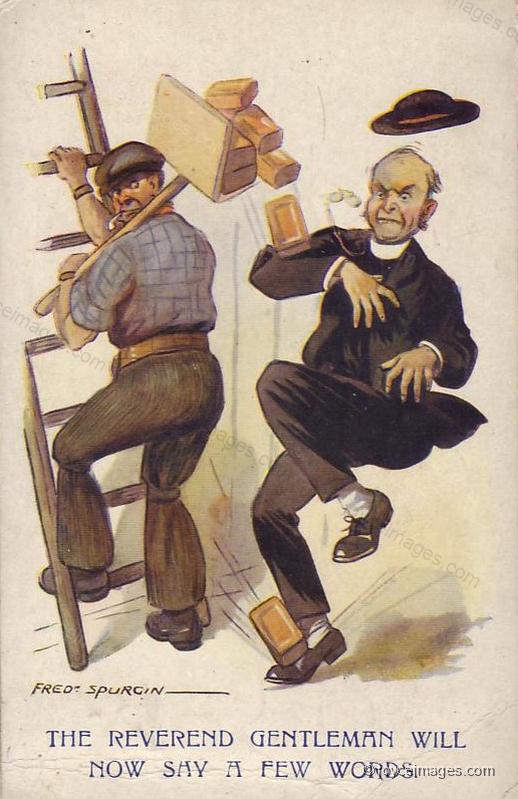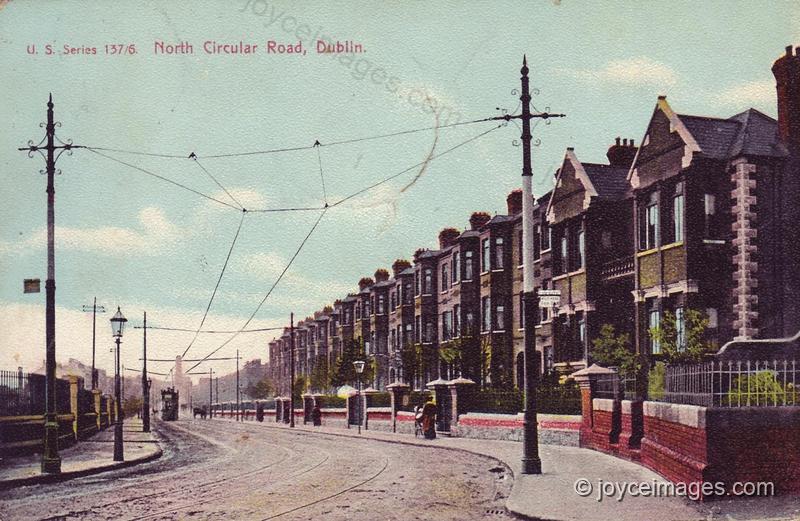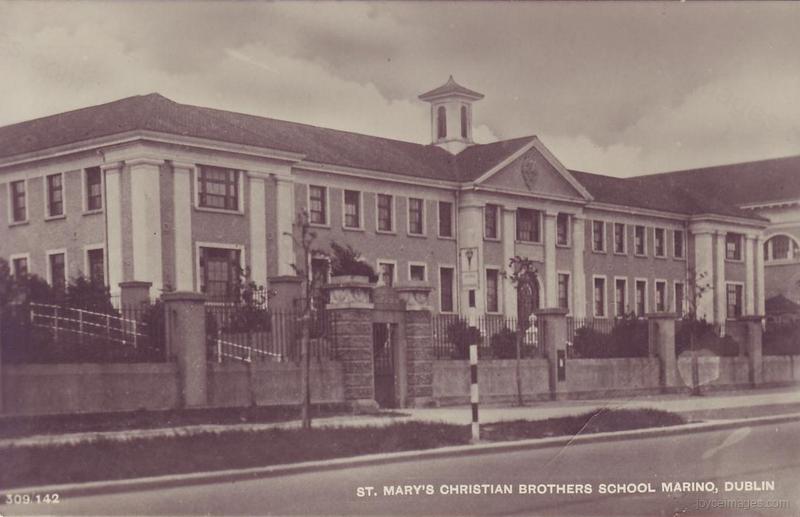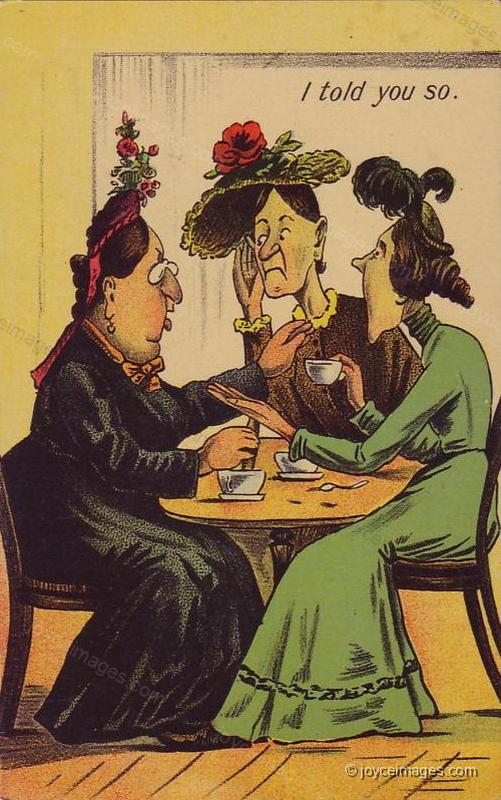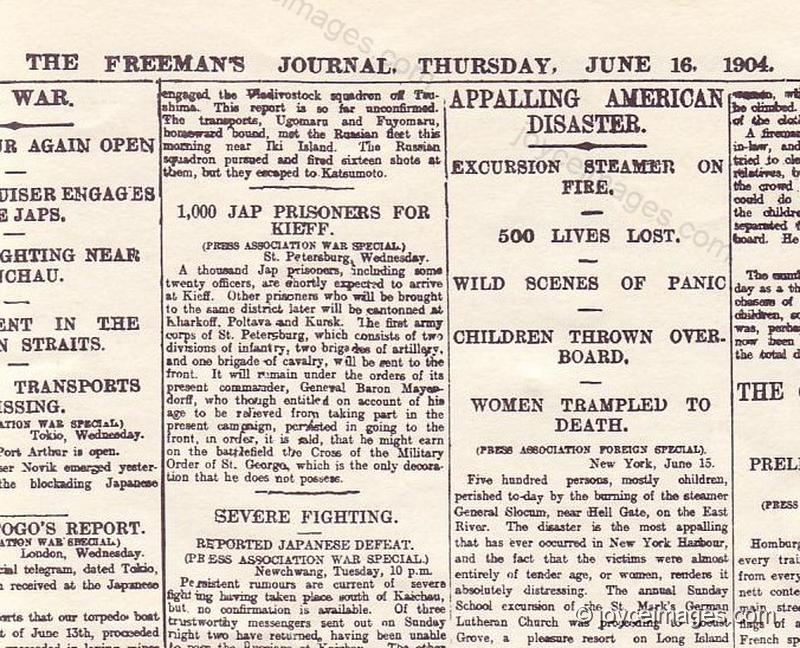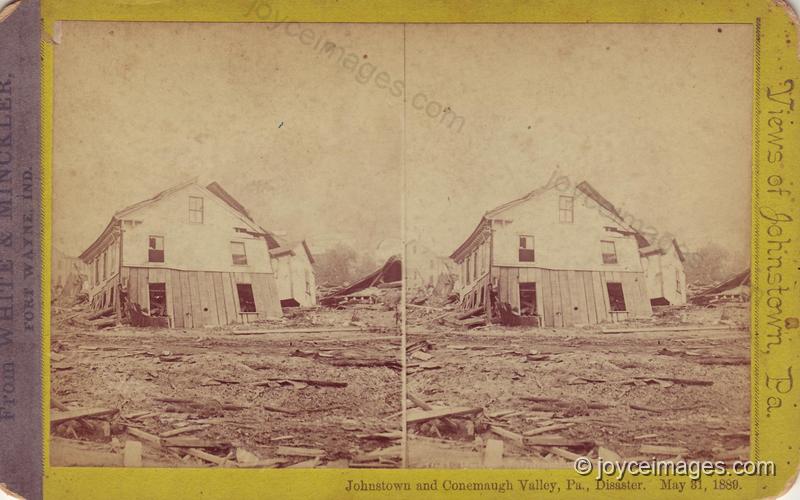"Yes, it was very probable that Father Bernard Vaughan would come again to preach. O, yes: a very great success. A wonderful man really." (U10.23)
Father Bernard Vaughan S.J. (1847 - 1922) was an eloquent and theatrical speaker. His contemporary Father Feeney S.J. wrote: "Father Vaughan was never a lecturer at the lectern, nor a pulpit pedagogue. He was first, last, and always, a preacher. Those who could not match him at excellence in this endeavored to depreciate him." And further: "Often, when speaking in public, he tried to offer England a sociological Jesus, instead of the Jesus Who died to save our souls. He made Our Lord the ardent supporter, almost contributor, to all sorts of uplift enterprises, for better food, better living quarters, better hospital care. As a Catholic in the pulpit, Father Vaughan was edifying."
Father Bernard Vaughan S.J. (1847 - 1922) was an eloquent and theatrical speaker. His contemporary Father Feeney S.J. wrote: "Father Vaughan was never a lecturer at the lectern, nor a pulpit pedagogue. He was first, last, and always, a preacher. Those who could not match him at excellence in this endeavored to depreciate him." And further: "Often, when speaking in public, he tried to offer England a sociological Jesus, instead of the Jesus Who died to save our souls. He made Our Lord the ardent supporter, almost contributor, to all sorts of uplift enterprises, for better food, better living quarters, better hospital care. As a Catholic in the pulpit, Father Vaughan was edifying."
"Father Conmee was very glad to see the wife of Mr David Sheehy M.P. looking so well and he begged to be remembered to Mr David Sheehy M.P. Yes, he would certainly call.
- Good afternoon, Mrs Sheehy." (U10.26)
- Good afternoon, Mrs Sheehy." (U10.26)
"Father Conmee doffed his silk hat and smiled, as he took leave, at the jet beads of her mantilla inkshining in the sun. And smiled yet again, in going. He had cleaned his teeth, he knew, with arecanut paste." (U10.30)
"Father Conmee walked and, walking, smiled for he thought on Father Bernard Vaughan's droll eyes and cockney voice.
- Pilate! Wy don't you old back that owlin mob?
A zealous man, however. Really he was. And really did great good in his way. Beyond a doubt. He loved Ireland, he said, and he loved the Irish." (U10.33)
- Pilate! Wy don't you old back that owlin mob?
A zealous man, however. Really he was. And really did great good in his way. Beyond a doubt. He loved Ireland, he said, and he loved the Irish." (U10.33)
"Of good family too would one think it? Welsh, were they not?" (U10.38)
Father Vaughan was English. The Gentlewoman magazine (1890), reporting on a Catholic Bazaar in St. James Hall, says: "He comes from a good old Catholic family, the Vaughans of Courtfield, Hereford, and is connected with the Earls of Pembroke, the Arundels, Cliffords and Lovatts..." It mentions the Vaughan family's devotion to the Catholic Church, as three of Bernard's brothers (Archbishop of Sidney, Bishop of Salford, and benedictine Prior Jerome Vaughan) were also ecclesiats. It adds that "the Bishop and his Jesuit brother are two of the most striking-looking men in the city..." This may partly explain Mrs. Sheehy's enthusiasm.
Father Vaughan was English. The Gentlewoman magazine (1890), reporting on a Catholic Bazaar in St. James Hall, says: "He comes from a good old Catholic family, the Vaughans of Courtfield, Hereford, and is connected with the Earls of Pembroke, the Arundels, Cliffords and Lovatts..." It mentions the Vaughan family's devotion to the Catholic Church, as three of Bernard's brothers (Archbishop of Sidney, Bishop of Salford, and benedictine Prior Jerome Vaughan) were also ecclesiats. It adds that "the Bishop and his Jesuit brother are two of the most striking-looking men in the city..." This may partly explain Mrs. Sheehy's enthusiasm.
"O, lest he forget. That letter to father provincial.
Father Conmee stopped three little schoolboys at the corner of Mountjoy square. Yes: they were from Belvedere. The little house: Aha. And were they good boys at school? O. That was very good now. And what was his name? Jack Sohan. And his name? Ger. Gallaher. And the other little man? His name was Brunny Lynam. O, that was a very nice name to have." (U10.39)
Father Conmee stopped three little schoolboys at the corner of Mountjoy square. Yes: they were from Belvedere. The little house: Aha. And were they good boys at school? O. That was very good now. And what was his name? Jack Sohan. And his name? Ger. Gallaher. And the other little man? His name was Brunny Lynam. O, that was a very nice name to have." (U10.39)
"Father Conmee gave a letter from his breast to Master Brunny Lynam and pointed to the red pillarbox at the corner of Fitzgibbon street.
- But mind you don't post yourself into the box, little man, he said.
The boys sixeyed Father Conmee and laughed:
- O, sir.
- Well, let me see if you can post a letter, Father Conmee said." (U10.46)
- But mind you don't post yourself into the box, little man, he said.
The boys sixeyed Father Conmee and laughed:
- O, sir.
- Well, let me see if you can post a letter, Father Conmee said." (U10.46)
"Master Brunny Lynam ran across the road and put Father Conmee's letter to father provincial into the mouth of the bright red letterbox. Father Conmee smiled and nodded and smiled and walked along Mountjoy square east." (U10.52)
"Mr Denis J. Maginni, professor of dancing &c, in silk hat, slate frockcoat with silk facings, white kerchief tie, tight lavender trousers, canary gloves and pointed patent boots, walking with grave deportment most respectfully took the curbstone as he passed lady Maxwell at the corner of Dignam's court." (U10.56) (Image courtesy of the ZJJF)
"Was that not Mrs M'Guinness?
Mrs M'Guinness, stately, silverhaired, bowed to Father Conmee from the farther footpath along which she smiled. And Father Conmee smiled and saluted. How did she do? A fine carriage she had. Like Mary, queen of Scots, something. And to think that she was a pawnbroker! Well, now! Such a... what should he say? ...such a queenly mien." (U10.61)
Mrs M'Guinness, stately, silverhaired, bowed to Father Conmee from the farther footpath along which she smiled. And Father Conmee smiled and saluted. How did she do? A fine carriage she had. Like Mary, queen of Scots, something. And to think that she was a pawnbroker! Well, now! Such a... what should he say? ...such a queenly mien." (U10.61)
"Father Conmee walked down Great Charles street and glanced at the shutup free church on his left. The reverend T.R. Green B.A. will (D.V.) speak. The incumbent they called him. He felt it incumbent on him to say a few words. But one should be charitable. Invincible ignorance. They acted according to their lights." (U10.68)
"Father Conmee turned the corner and walked along the North Circular road. It was a wonder that there was no tramline in such an important thoroughfare. Surely, there ought to be.
A band of satchelled schoolboys crossed from Richmond street. All raised untidy caps. Father Conmee greeted them more than once benignly." (U10.73)
There was a tramline on a short portion of the N.C.R. (seen in this PC) but not where Father Conmee is walking.
A band of satchelled schoolboys crossed from Richmond street. All raised untidy caps. Father Conmee greeted them more than once benignly." (U10.73)
There was a tramline on a short portion of the N.C.R. (seen in this PC) but not where Father Conmee is walking.
"Christian brother boys." (U10.78)
The Congregationn of Christian Brothers (in Latin: Congregatio Fratrum Christianorum) is a world-wide community of religious brothers of the Roman Catholic church, founded by the Irish missionary and educator Edmund Ignatius Rice (1762 - 1844). Their main purpose is the evangelization and education of youth. Their first school was opened in Waterford (1802). This PC shows St Mary's Christian Brothers School (Marino, Dublin), a novitiate and training school completed in 1904.
The Congregationn of Christian Brothers (in Latin: Congregatio Fratrum Christianorum) is a world-wide community of religious brothers of the Roman Catholic church, founded by the Irish missionary and educator Edmund Ignatius Rice (1762 - 1844). Their main purpose is the evangelization and education of youth. Their first school was opened in Waterford (1802). This PC shows St Mary's Christian Brothers School (Marino, Dublin), a novitiate and training school completed in 1904.
"Father Conmee smelt incense on his right hand as he walked. Saint Joseph's church, Portland row. For aged and virtuous females. Father Conmee raised his hat to the Blessed Sacrament. Virtuous: but occasionally they were also bad-tempered.
Near Aldborough house Father Conmee thought of that spendthrift nobleman. And now it was an office or something.
Father Conmee began to walk along the North Strand road and was saluted by Mr William Gallagher who stood in the doorway of his shop. Father Conmee saluted Mr William Gallagher and perceived the odours that came from baconflitches and ample cools of butter.(U10.79)
Near Aldborough house Father Conmee thought of that spendthrift nobleman. And now it was an office or something.
Father Conmee began to walk along the North Strand road and was saluted by Mr William Gallagher who stood in the doorway of his shop. Father Conmee saluted Mr William Gallagher and perceived the odours that came from baconflitches and ample cools of butter.(U10.79)
"He passed Grogan's the tobacconist against which newsboards leaned and told of a dreadful catastrophe in New York." (U10.88)
As carried on page 5 of the Freeman's Journal.
As carried on page 5 of the Freeman's Journal.
"In America those things were continually happening." (U10.90)
Several large scale disasters indeed took place in America around the turn of the century, and were extensively covered in the news:
* The Great Chicago Fire, 1871. It consumed > 2,000 acres of Chicago's urban landscape, leaving some 17,500 buildings in rubble. One third of the city's 300,000 residents were left homeless, and 300 people died.
* The Johnstown Flood, 1889 (shown in the SV). After several days of heavy rain in the spring of 1889, Lake Conemaugh in southwestern PA, broke through its dam. Within an hour, a gigantic wave of water flooded and destroyed the town of Johnstown 14 miles away. Some 2,000 people died.
* The St Louis Tornado, 1896. It ripped through the core of the city of St. Louis MO, reaching into St. Clair County, IL. It was one of a large series of tornadoes that year. At least 255 people died and >1000 were injured.
* The Galveston Hurricane, 1900. It struck Galveston TX on Sept. 8th at 135 mph. Nearly a fourth of the city's 38,000 residents died, and 3,600 homes were destroyed.
Several large scale disasters indeed took place in America around the turn of the century, and were extensively covered in the news:
* The Great Chicago Fire, 1871. It consumed > 2,000 acres of Chicago's urban landscape, leaving some 17,500 buildings in rubble. One third of the city's 300,000 residents were left homeless, and 300 people died.
* The Johnstown Flood, 1889 (shown in the SV). After several days of heavy rain in the spring of 1889, Lake Conemaugh in southwestern PA, broke through its dam. Within an hour, a gigantic wave of water flooded and destroyed the town of Johnstown 14 miles away. Some 2,000 people died.
* The St Louis Tornado, 1896. It ripped through the core of the city of St. Louis MO, reaching into St. Clair County, IL. It was one of a large series of tornadoes that year. At least 255 people died and >1000 were injured.
* The Galveston Hurricane, 1900. It struck Galveston TX on Sept. 8th at 135 mph. Nearly a fourth of the city's 38,000 residents died, and 3,600 homes were destroyed.
